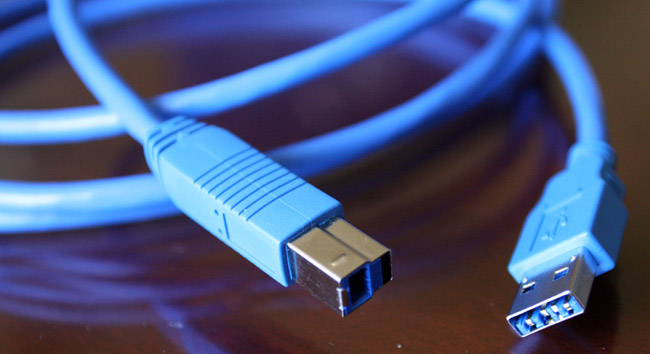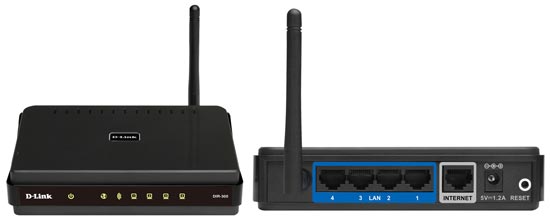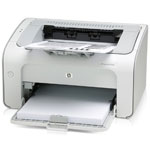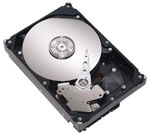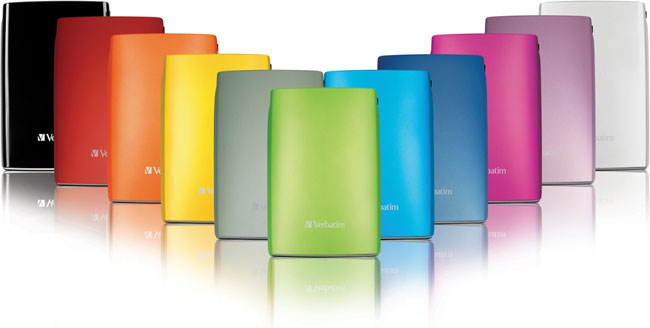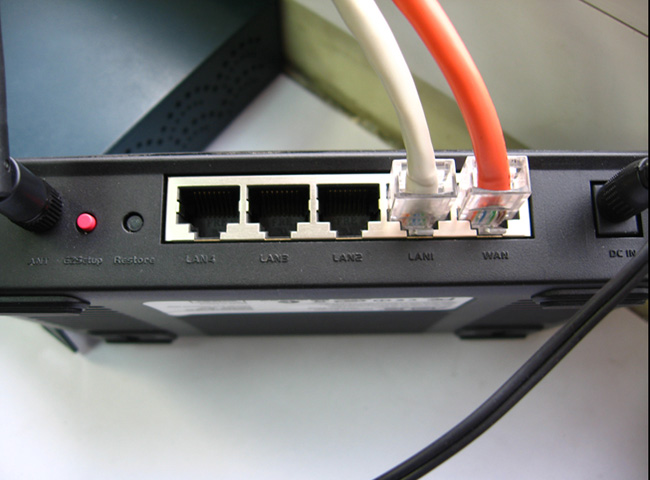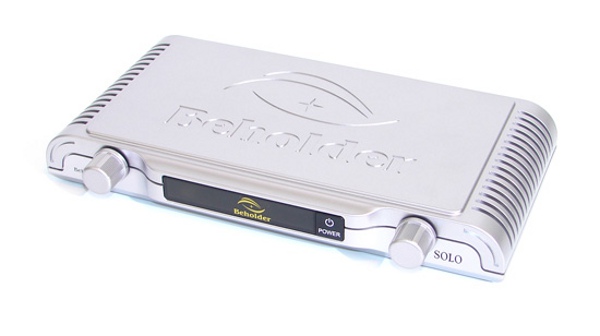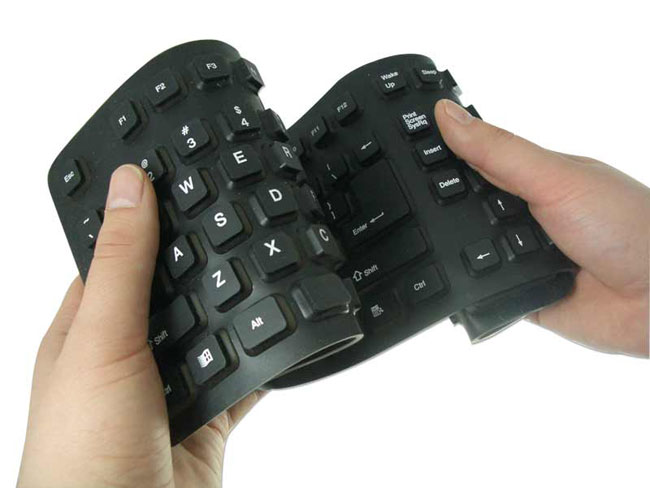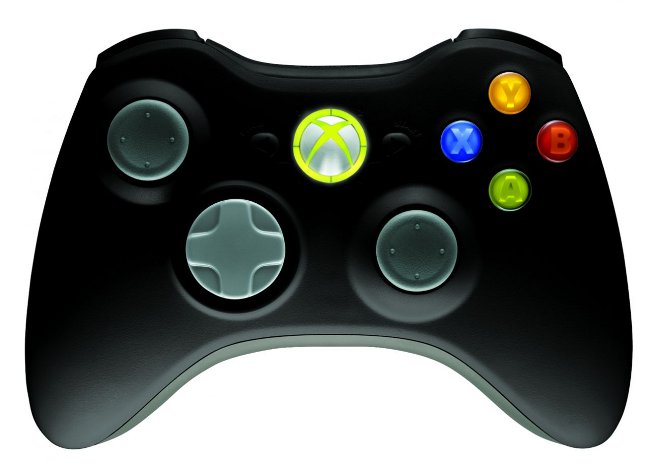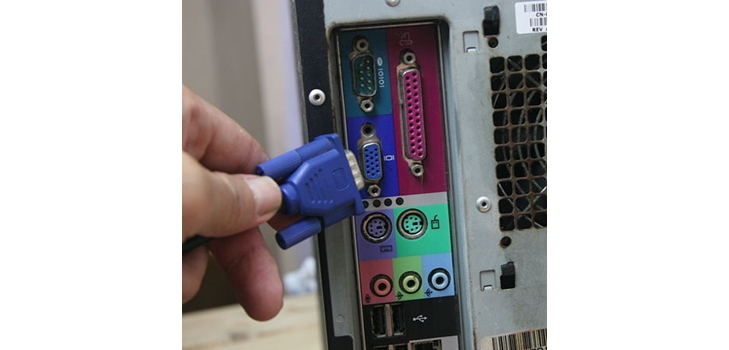USB 3.0: what awaits us in the future
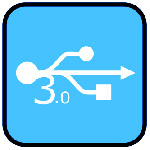 The USB interface is now the mostA common interface for connecting peripherals to a computer. Through USB, you can connect printers, scanners, mice, keyboards, external drives ... The usual interface USB 2.0 will soon be replaced by a new, improved USB 3.0 interface.
The USB interface is now the mostA common interface for connecting peripherals to a computer. Through USB, you can connect printers, scanners, mice, keyboards, external drives ... The usual interface USB 2.0 will soon be replaced by a new, improved USB 3.0 interface.The abbreviation USB stands for "Universal Serial Bus". This interface is used to connect low-speed and medium-speed peripherals. In 1996, the specification was issued USB 1.0. It supported the transfer of data at speeds up to 12 Mbit / s. High-speed interface mode USB 2.0, presented in 2000, supports thedata transfer up to 480 Mbps. Now this interface is the most common and is used in most peripheral devices. But it will soon be replaced by a high-speed new interface USB 3.0.
The final specification of USB 3.0 was introduced in 2008, but it has not yet entered mass use. What are main features of USB 3.0 interface? What can we expect from him?
Need to implement a USB interface 3.0 is due to the fact that many modern devices need a higher data rate. In addition, for them, there is not enough power that USB 2.0 can provide. The USB 3.0 interface supports more high data transfer rate - up to 4.8 Gbit / s. This is achieved, among other things, byadditional communication lines. A standard USB 2.0 cable contains four lines - a twisted pair for data transmission and reception, as well as two power lines (plus and zero). The USB 3.0 cable is thicker, because two more twisted pairs (ie four new communication lines) were added to it. However, the USB 3.0 cable will be shorter (the maximum length is 3 meters compared to 5 meters for USB 2.0). From the use of optical fiber in USB 3.0 decided to abandon, because it is very expensive for mass use.
Controllers and connectors USB 3.0 are compatible with USB 2.0 both physically and functionally. The USB 3.0 plug contains USB 2 pin connectors.0, but in the depth of the connector there is another contact row with five contacts. The cable connector will allow you to determine the USB version at a glance. However, this arrangement of the contacts means that the USB 3.0 plug must be inserted into the corresponding port "as far as the stop". If you do not fully insert the plug into the port, the additional contact row will not be used, so the data transfer rate will correspond to the USB 2.0 interface.
A little more about compatibility devices with interfaces USB 2.0 and USB 3.0. Devices with a USB connector 2.0 type A (for example, a USB flash drive) can be connected to the USB 3.0 port and vice versa, however, in this case, the transmission and reception speed will correspond to the USB 2.0 interface. A device with a USB 2.0 Type B connector (for example, a printer) is connected to the USB 3.0 port, but vice versa. Also, the USB 3.0 cable will not work if it is connected to the USB 1.1 controller.
Also in USB 3.0 was increased current (900 mA compared to 500 mA in USB 2.0). This will eliminate the additional power supplies and USB connectors in many devices. Particularly important is the current strength for portable hard drives. This will also allow faster charging of mobile devices from USB.
The introduction of the USB 3.0 interface will inevitably lead to the emergence of new USB hubs (hubs) supporting USB 3.0, which allow you to connect severaldevices into one USB controller. Hubs supporting USB 3.0 interface will be more difficult, as they will have to simultaneously support USB 2.0. Therefore, it is likely that the first generation of such hubs will not be cheap.
However, the USB 3.0 interface still Not supported by all operating systems and motherboards. Some manufacturers have already launched on the marketmotherboards supporting USB 3.0, but some companies do not hurry to implement support for USB 3.0 in their chipsets, believing that this standard will not immediately become massive.
The new Linux kernel, according to the developers, already supports the USB 3.0 interface. And here Windows 7 while this can not boast: the final specification of USB 3.0 was announced shortly before the release of this operating system, so the developers did not have time to implement support for the new interface. However, it is possible that USB 3.0 support will be available by installing OS updates. However, it is not known whether USB 3.0 support and SuperSpeed technology are implemented for Windows XP and Windows Vista.
